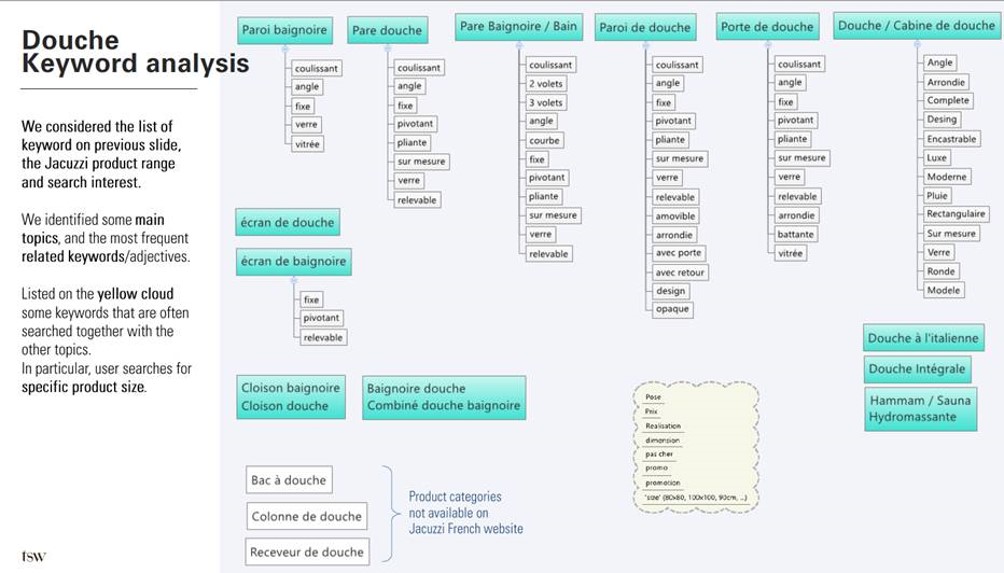Listening to the needs, emotions and expectations of people is a fundamental step for companies that want to open their own “frontiers“, enter foreign markets breaking down cultural differences and trying to translate, each in its own field of application, the needs arising from people’s experiences.
Nothing easy but a real challenge, for anyone who aims to be visible online and to be recognized, and above all found, even internationally. Online visibility depends above all on a correct translation of the contents and on a multilingual SEO, which allows a tailored approach for a specific country and culture. Those who translate content, in fact, must be able to grasp all the peculiarities of individual words and make the best differences even between countries that speak, in principle, a language that can have the same lexical roots, but customs and traditions that they may differ greatly in climate, culture or habits.
The key to optimizing people’s online experience is to apply a flexible local strategy and content that is consistent with their browsing habits and needs in search engines. The recognition of a product or service is not just a top-down process: companies must transform their one-way orientation if they want to be found by people. People browsing in search engines look for brands or products by entering different keywords, and it is important to ensure that they can find them in the most immediate and simple way.
Doing SEO does not only consist in improving the positioning of the engine’s responses to user queries, but also in supporting content strategy and the online positioning of the brand tout court. Optimizing the pages means giving the “users” simple and immediate answers, which means deriving from the analysis of the user’s behavior a search intent that corresponds to a question to which a response must be found or a need that must be satisfied by the brand through engines and not vice versa.

This image, for example, gives us a rather outlined mapping of how for a specific language and country, some products are searched through the use of different terms: considered a list of keywords, a specific range of products and interest search, some main topics and the most frequent keywords have been identified. An analysis of people’s searches has therefore revealed a group of keywords that are often searched along with other topics and it is understood that people also look for the specific dimension of the product.
Through careful analysis and continuous listening to people’s online behavior, companies can get their portal optimized in different languages and reach the top positions in the results of most relevant research on the company and its products. The same occurs through the creation of ad hoc content (for this it would be more correct to call it more than translation: trans-creation) for each country: often the sites are translated literally, so it is common to find that in some countries the information architecture of the sites or even the categorization of the products in the sections, is not correct with respect to the taxonomy, to the way of “calling” and “searching” products by people, in different languages. Even Google confirms this: adapting the content is a key factor!
Our approach allows us to intervene with a personalized SEO, through a listening job carried out directly with the people of each specific Country, giving companies the opportunity to increase online visibility and consolidate their positioning, and to find the content in simple way.
This is the best way to take care of people, to create memorable experiences and able to change the way the brand itself is seen and experienced.